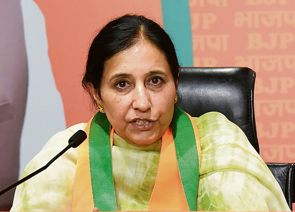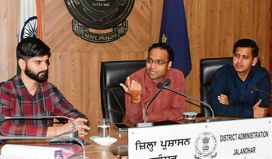Vijay Mohan
Tribune News Service
Chandigarh, August 23
The Indian Air Force is expanding the night operating capabilities of its helicopter fleet. In a significant departure from operating helicopters in the mountains at night, the IAF is now looking at undertaking night operations by helicopters to remote helipads.
According to sources, the IAF has started the process to procure at least 50 sets of helipad lighting systems that are compatible with night vision goggles used by the aircrew. These can be used for both, regular helipads as well as creating temporary landing zones where required during military operations or undertaking rescue missions while rendering aid to civilian authorities.
The ability to fly to remote areas assumes significance in the backdrop of more capable variants of the Russian MI-17 being inducted into fleet and the proposed procurement of US Chinook heavy-lift helicopters and new light utility helicopters.
The IAF has been operating helicopters since 1960s, but night flying is a recent phenomenon and that to from fixed airbases where adequate navigation and support facilities exist. Unlike fixed-wing aircraft, night flying by helicopters in the hills was completely forbidden, apparently due to lack of navigation facilities and other aids. The IAF began night flying by fixed wing transport aircraft in the mountains only in the late 1990s.
A request for information issued by the IAF states that the proposed helipad lighting systems should be able to function in temperatures ranging from minus 40°C to 50°C, indicating that the IAF intended to undertake heli-borne night operations in mountains as well as deserts.
Night flying by helicopters in remote mountainous areas would give the IAF a shot in the arm for undertaking special operations, airlifting troops in and out of tactical battle zones, ferrying in supplies, evacuating casualties and undertaking other time-bound missions.
Besides marking the landing zone, other features required in the lighting system include the ability to indicate the approach path and glide slope, all weather capability and being operated by remote control from a distance of about 5 km.



























